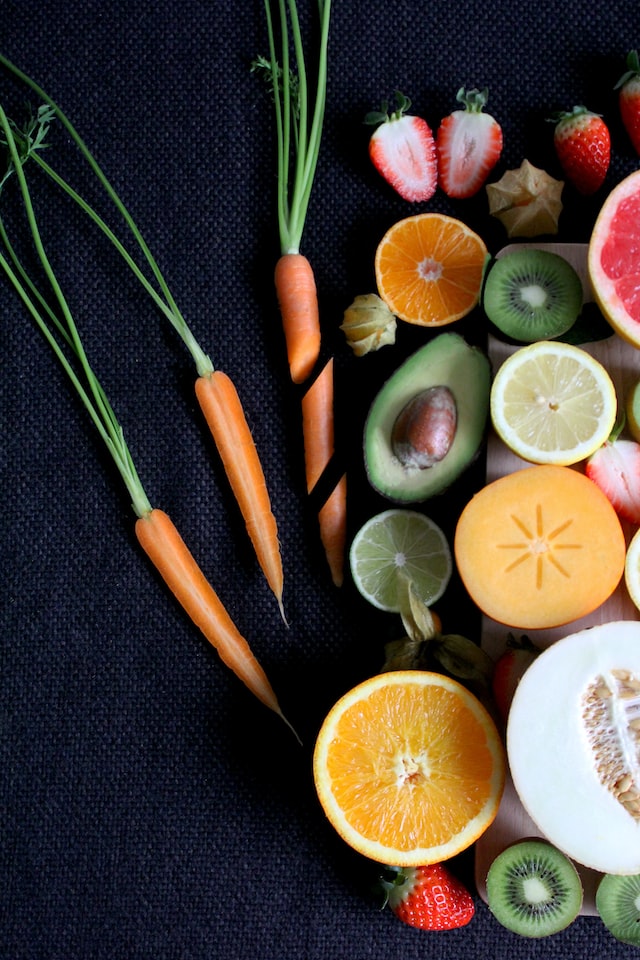Making smarter food choices doesn’t have to be difficult. Armed with the right information, you can make choices that are good for your health and your wallet. In this post, we’ll explore what you need to know about making smart food choices. We’ll cover topics such as understanding nutrition labels, choosing healthy foods, and avoiding processed foods. After reading this post, you’ll be on your way to making better food choices for yourself and your family. So let’s get started!
The difference between processed and whole foods
In recent years, Americans have become increasingly conscious of their food intake and the benefits of consuming whole foods. Whole foods are unprocessed natural foods as close to their original form as possible. Processed foods, on the other hand, often contain added preservatives and artificial ingredients that may result in health disparities when consumed consistently over time.
It is important to understand the differences between the two types of food to make healthy dietary choices so that we can be sure our bodies are receiving all the necessary nutrients they need. Eating a balanced diet full of unprocessed fresh items like fruits, vegetables, legumes, and whole grains will give us everything we need to live a healthy lifestyle.
The benefits of eating more whole foods
Eating more whole foods can have numerous health benefits. Whole foods are those that have not been processed and are minimally refined, like fruits, vegetables, legumes, nuts, seeds, and whole grains. Eating more of these nutrient-rich foods has been linked to improved overall health and may reduce the risk of certain diseases such as heart disease, stroke, and type 2 diabetes.
Additionally, some studies suggest that replacing processed food with more whole foods could help promote weight loss in the long term. Making switches to whole foods won’t only benefit your physical health; eating a balanced diet packed with vitamins and antioxidants can also lead to better mental health over time such as improving moods, and sleeping patterns and reducing stress levels. With its abundance of lifestyle benefits, it’s clear that introducing more whole foods into our diets is a winning dietary move.
Tips for incorporating more whole foods into your diet
Eating more whole foods is a great way to improve your health and well-being. Systems like the Mediterranean diet focus on nutrient-dense, unprocessed ingredients like vegetables, fruits, nuts, legumes, whole grains, and seafood. These types of foods often contain beneficial compounds like antioxidants for good health. To incorporate more whole foods into your daily routine, it is helpful to plan by stocking up on ingredients for recipes you frequently enjoy.
Meal planning can help make this process easier by giving you a guide on what to buy at the grocery store each week. Additionally, experimenting with new dishes or even cuisines from different countries can add variety and spice up your dish. Finally, look for alternatives to processed foods that are still convenient but offer a healthier option such as overnight oats instead of pre-packaged cereal for breakfast or quinoa bowls for lunch. Overall, there are many creative ways to include more whole foods into your diet so take the opportunity to experiment with what works best for you!
How to make healthier choices when eating out
Eating out can be a great way to enjoy some time with friends and family, or just take a break from cooking at home. However, it can be tricky to make healthier choices when you aren’t in control of the ingredients or preparation. One good strategy is to look for restaurants that offer lighter dishes, like grilled seafood and steamed vegetables. You should also avoid deep-fried foods and opt instead for items that are baked or broiled.
When ordering an entrée, you can ask for the sauce or dressing on the side so that you can decide how much to add, if any. Finally, don’t hesitate to inquire about what type of oil is used in food preparation – olive oil is usually best! With these tips, you will be able to choose more beneficial options when dining out.
The importance of reading food labels
Knowing what you are putting into your body is very important, and one of the best ways to ensure that is by reading food labels. Whenever buying something off the grocery store shelves, take the time to check out all the nutrition facts carefully and make sure it meets your dietary needs and goals.
Understanding what ingredients are included in a product can help you evaluate whether or not it aligns with a healthy lifestyle. Reading food labels may require some extra time and effort, but the result is worth it when making decisions about which foods to buy for you and your family.
Foods to avoid if you’re trying to eat healthily
Eating healthy is an important part of leading a healthy lifestyle, and some foods should be avoided to make sure your diet is as nutritious as possible. Sugary snacks, processed meals, fried and fatty foods, soda, and ingredients high in sodium are all foods to stay away from if you’re trying to eat healthily.
Additionally, eating too much red meat can lead to weight gain, so it’s best to consume lean proteins such as poultry, and fish and plant-based proteins such as tofu instead. Eating smaller portions also helps with maintaining a balanced diet. By replacing unhealthy options with whole grains, fruits and vegetables, nuts and seeds, and dairy products low in fat and unprocessed meats and fish you can build a sustainable diet for overall wellness.
Now that you know the difference between processed and whole foods, as well as the many benefits of choosing whole foods, you might be wondering how to incorporate more of them into your diet. Here are a few tips:
1. Fill half your plate with fruits and vegetables at every meal.
2. Make sure that the protein you choose is cooked healthily (baked, grilled, steamed) rather than fried or drenched in sauce.
3. When eating out, avoid dishes that are described as “crispy,” “battered,” or “breaded.”
4. Be aware of portion sizes – even if something is made from healthy ingredients, it can still be high in calories if it’s a large portion.
5. Most importantly, don’t be too hard on yourself – making small changes in the way that you eat can have a big impact over time!

